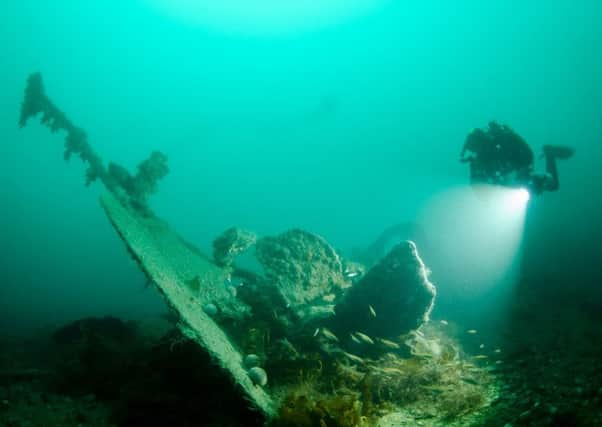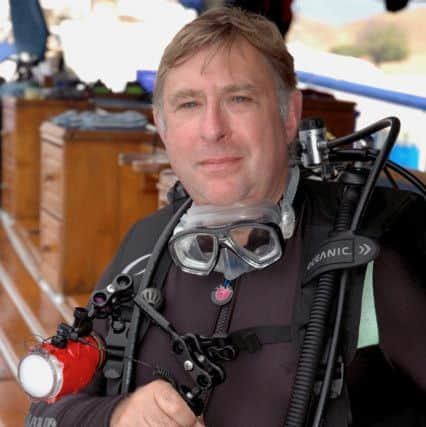Northumberland diver helps to map wartime shipwrecks


Richard Booth teamed up with fellow British Sub-Aqua Club (BSAC) members for the ground-breaking project, to map seven First World War shipwrecks at Scapa Flow.
The wrecks of the SMS Cöln, SMS Kronprinz Wilhelm, SMS Brummer, SMS Karlsruhe, SMS König, SMS Markgraf and SMS Dresden all still lie where they sank off the coast of Orkney, on June 21, 1919.


Advertisement
Hide AdAdvertisement
Hide AdThe three battleships and four light cruisers were among 74 ships deliberately scuttled by their commander who mistakenly believed the British were about to seize the German High Seas Fleet. It was the greatest loss of shipping ever recorded in a single day.
All seven wrecks have now been mapped by illustrator Steve Jakeaway, a BSAC member, in a project to raise awareness of our marine heritage and protect one of the UK’s most popular wreck-diving sites after an expedition with the team of BSAC divers, including Richard, a Tyneside 114 member.
The resulting interactive maps, which are being published on the Big Scapa Clean Up project website, will help guide divers to explore the wrecks as they detail the outlines of the ships and key features, such as guns.
They also highlight potential hazards and litter which divers have spotted such as discarded fishing nets, which cause a phenomenon called ghost fishing, when old nets get snagged and continue to kill marine wildlife.


Advertisement
Hide AdAdvertisement
Hide AdScuba divers will be encouraged to log online any debris they spot on the wrecks.
Richard, whose photographs contributed to Steve’s illustrations, said: “It was really interesting to see the images brought to life. Hopefully it will produce something useful for other groups of divers, to give them some purpose and help them identify what they can see when they go up to Scapa Flow.
The 58-year-old joined BSAC in 1976 and first dived Scapa Flow 18 years ago.
He said: “The Karlsrhue is very broken up, but the Cöln is still intact. On the Kronprinz you can see a 12-inch gun that was fired at the Jutland, 36 metres down the gun barrels are still there.”